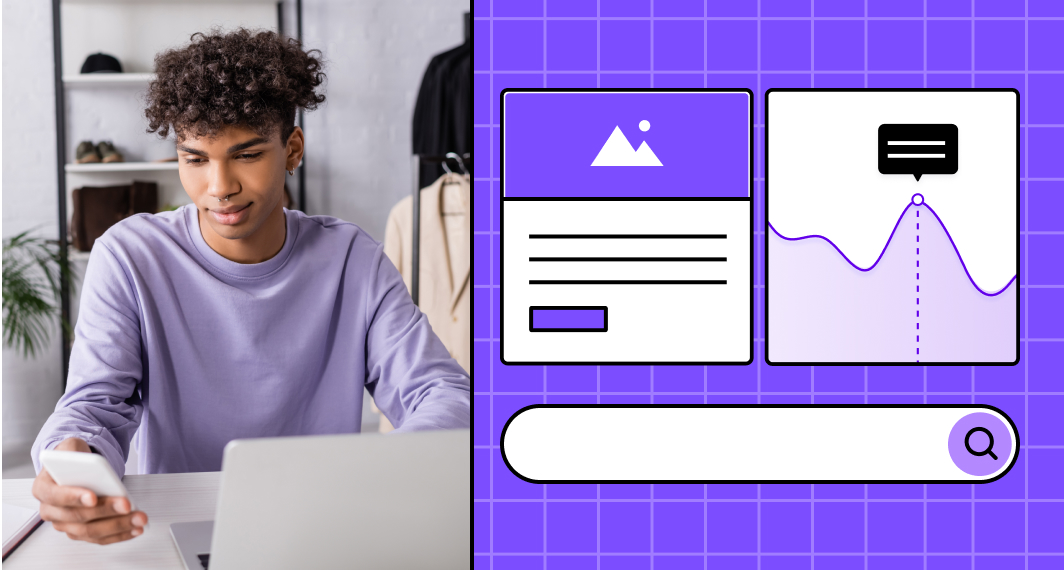What are transformers in Artificial Intelligence?
Transformers in Artificial Intelligence are a type of model architecture that can handle sequential data more effectively. They use self-attention mechanisms to figure out which parts of the input data are most important, allowing them to handle long sequences of data better than traditional neural networks.
Let’s understand this by an example. In a sentence, "The cat sat on the mat", a transformer model would analyse each word, like "cat," and determine its importance by considering its relationship with every other word. In this case, "sat" and "mat" might get higher weights because they provide context for what the cat is doing and where it is.
The understanding of long-range dependencies makes transformers particularly powerful for tasks like Natural Language Processing (NLP)and machine translation.
Why are transformers important in Artificial Intelligence?
Transformers have significantly advanced AI, by addressing key limitations of earlier models. Traditional deep learning models for NLP focused on guessing the next word based on the previous one, similar to how the autocomplete feature works on smartphones.
However, these models struggled to maintain context over longer sequences. For instance, they couldn't connect "England" at the beginning of a paragraph with "English" at the end.
Transformers changed this by introducing mechanisms that allowed models to understand long sentences. This enabled them to generate meaningful paragraphs like "I am from England. I like fish and chips. I speak English."
This understanding has given AI many benefits 👇
- Parallel processing - transformers can process all of the data at once, making them highly efficient
- Scalability - they’ve enabled development and scaling of Large Language Models (LLMs) like GPT and BERT
- Versatility - other than NLP, transformers can be used in other domains such as speech recognition, DNA sequencing and computer vision
What are different types of transformer models in Artificial Intelligence?
There are many types of transformer models in AI. Let’s dive into some types of transformer models 👇
1 - Bidirectional transformers
These models are designed to understand the context of a word based on its surrounding words, both before and after it in a sentence. They're pre-trained on large corpora of text and can be fine-tuned for various NLP tasks.
BERT (Bidirectional encoder representations from transformers) is an example of this type and is used in tasks like question answering, sentiment analysis and text classification.
2 - Generative pretrained transformers (GPT)
Generative pretrained transformer (GPT)models are pre-trained on large amounts of data. They're autoregressive, which means they can generate text by predicting the next word in a sequence.
Models like T5 (Text-to-Text Transfer Transformer) are used for tasks such as summarising long articles into concise paragraphs, translating text from one language to another and even code generation.
3 - Bidirectional and autoregressive transformers (BART)
BART models combine the strengths of bidirectional context understanding and autoregressive generation. Think of them as a combination of both BERT and GPT.
XLNet is a notable example of such a type of transformer. It's used in tasks that need both understanding and generation, such as text completion, where the model needs to generate coherent text based on the context provided.
4 - Transformers for multimodal tasks
These models are designed to handle multiple types of data, such as text, images and audio. They integrate different modalities to perform complex tasks.
DALL-E is a good example of this type of transformer. It's used to make images based on textual prompts, add image captions and answer visual questions.
Get a free app prototype now!
Bring your software to life in under 10 mins. Zero commitments.


 Facebook
Facebook X
X LinkedIn
LinkedIn YouTube
YouTube Instagram
Instagram RSS
RSS


